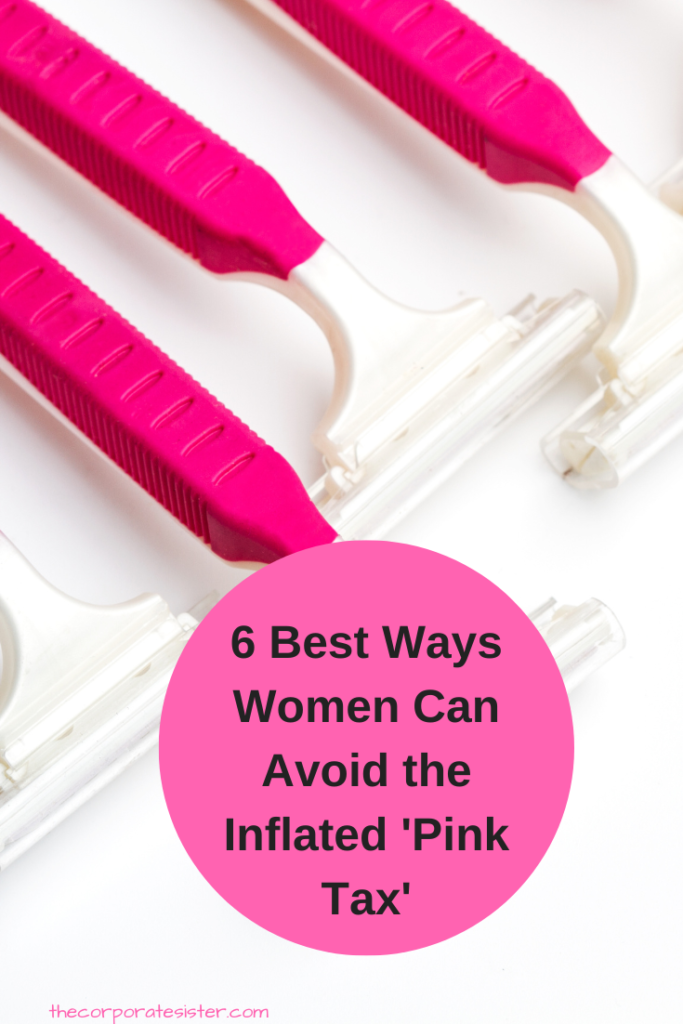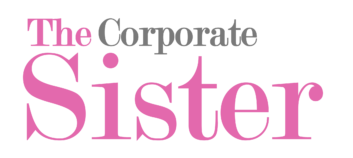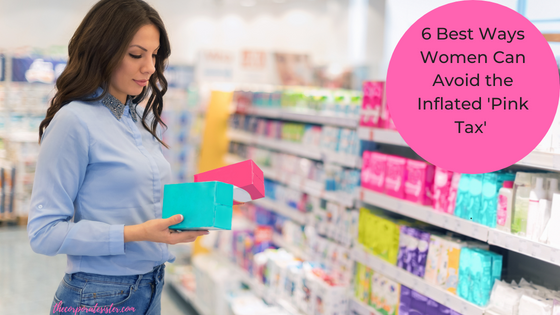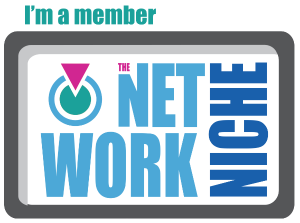Although it is not a tax, the “pink tax” refers to a pricing structure favoring women’s goods and services. According to BALANCE, women pay around 13 percent more for personal care items like body wash, shampoo, lotions, and perfume than men. Even razors targeted at women were 9 percent more expensive. Pink is a common hue for packaging products for women , thus the term “pink tax.”
According to the U.S. Census Bureau, full-time American women earn 83 cents for every dollar earned by males. Women have been impacted by this discrepancy all of their lives, especially women of color, from the beginning of their professions until retirement. Women also earn less in Social Security and pensions due to lower lifetime incomes than males. This is compounded by the fact women are expected to pay much more for identical products during their lifetimes than males due to lower salaries and higher expenditures on personal care items.
As a result, women tend to make less money overall due to the gender wage gap, yet still pay more than their male counterparts for the same products due to the pink tax. The fact that women often live longer than males adds an even heavier weight to these statistics.
Indeed, the average lifespan for American women is 80.5 years compared to 75 years for men. As such, women are indeed being paid less and charged more. Additionally, they also routinely endure more significant levels of stress, anxiety, social inequity, and lower income than men. This creates massive problems for women, as they end up having fewer savings to pay off debt or build emergency savings.

Another compounding factor of this blatant inequity is that while men tend to accumulate more debt than women, their financial means allow them to take prompt action to pay off debt through debt consolidation or any other debt relief options. Yet, the same thing can’t be said about women who tend to have less savings and need to be more careful about their finances and tax.
The Pink Tax Repeal Act, which “prohibits the selling of equivalent products or services that are charged differently depending on gender,” was reintroduced by Rep. Jackie Speier in June 2021. Since reopening the dialogue, some states have started campaigns to eliminate discriminatory taxes. Twenty-four states have abolished the luxury tax on products used for period care. Gender-based pricing in services like dry cleaning and hair treatment is prohibited in New York City, Miami Dade County in Florida, and California. However, these states may charge higher fees if the service demands more significant time, effort, or expense.
How to avoid paying too much on pink tax
Although the pink tax and inflation won’t go away soon, women may still take action to avoid paying too much on certain products. After all, a penny saved is a penny earned. Here are a few ways to avoid the pink tax:
Purchase gender-neutral goods
Depending on how much you favor nicely curved pink razors or flowery-scented deodorants, as well as how much math you have the time and energy to do when shopping at CVS after work, this may be simpler in principle than in practice. Since men’s and women’s items sometimes come in different sizes, you can’t always just compare costs. Instead, you should calculate the prices per ounce if it is not already stated and compare these.
Consider purchasing products that don’t require two different versions—one for men and one for women—such as shampoos, soaps, and razors. There are also several unscented men’s or gender-neutral bath products available on the market if you don’t want to “smell like a guy.”
Even certain perfumed goods for guys might appeal to ladies. Similar items are subject to the “pink tax,” although occasionally, brand or variety has a more significant impact on price. Many female-focused online merchants also provide pink tax-free personal-care goods via subscription programs if you’d rather stay with feminine alternatives. You may reduce pink tax costs with this method.
Purchase garments that don’t require dry cleaning
Purchase clothing that can be machine-washed, hand-washed, and line-dried, such as no-iron blouses. Even in states like California or Washington, DC, where it is illegal to discriminate against customers based on gender at establishments like hair salons or dry cleaners, you will still be charged extra if you want your long hair trimmed or a nice shirt cleaned.
However, it certainly isn’t easy to find apparel that is initially less expensive, especially if you’re plus-size. There is also limited recourse you have to stop certain shops from charging more for women’s clothing than men’s, other than to protest when you notice it happening.
Purchase reusable menstrual supplies
One of the most sinister aspects of the “pink tax” is that it forces women to purchase goods that men don’t need at higher prices, such as sanitary supplies for instance. While shops or manufacturers cannot legally be held responsible for this disparity, there certainly is a push out there to level the playing field in this regard. Indeed, there is a campaign to make menstruation products free for women, as well as a movement to outlaw sales taxes on tampons as they discriminate against women.
In the meantime, you may save money by utilizing reusable products like the Diva Cup, sea sponge tampons, reusable pads, or Thinx period underwear. In addition to being more environmentally friendly than single-use items, some of these goods could also be healthier to use.
Reduce your use of pricey makeup
This is likely something you already do if you feel at ease doing it. It’s also another example of how gender standards cost women more than males.
Complain against discrimination
Speak up if you see a particular manufacturer or merchant attempting to impose absurd gender pricing on unaware customers! Make a call to the corporate office or the manager. Post a review of the company on social media, contact the consumer protection office in your area, and inform your friends.
In practice, it could be more challenging to outlaw gender-based pricing for goods than services since so many variables are at play, such as packaging and marketing variations, that are acceptable justifications for corporations to charge more. Yet, businesses may change or modify some of their practices if customers cease purchasing particular goods or protest.
Develop greater discernment
It also helps being informed about price discrepancies, and going above and above to locate the most significant goods for the money, regardless of packaging. Speaking up if they notice unfair pricing is another alternative. A powerful way to voice dissatisfaction is to complain on social media, in consumer groups, to local lawmakers, and to the business as well. Consumer behavior can provide manufacturers with valuable information.
When shopping, check if there is a pricing difference between the women’s and men’s versions. If there is, check if the quantity and composition are similar. Take a photo of both goods and include the hashtag #AxThePinkTax if they are identical.
Conclusion
It’s important to remember that the pink tax is just one example of how women can be unfairly disadvantaged in the marketplace. By being aware of these issues and addressing them, we can work towards a more equitable society for everyone. It’s high time women set concrete financial goals and work on them.
Author Bio: Attorney Loretta Kilday has more than 36 years of litigation and transactional experience, specializing in business, collection, and family law. She frequently writes on various financial and legal matters. She is a graduate of DePaul University with a Juris Doctor degree and a spokesperson for Debt Consolidation Care (DebtCC) online debt relief forum. Please connect with her on LinkedIn for further information.
PS: Please note this post contains affiliate links.







